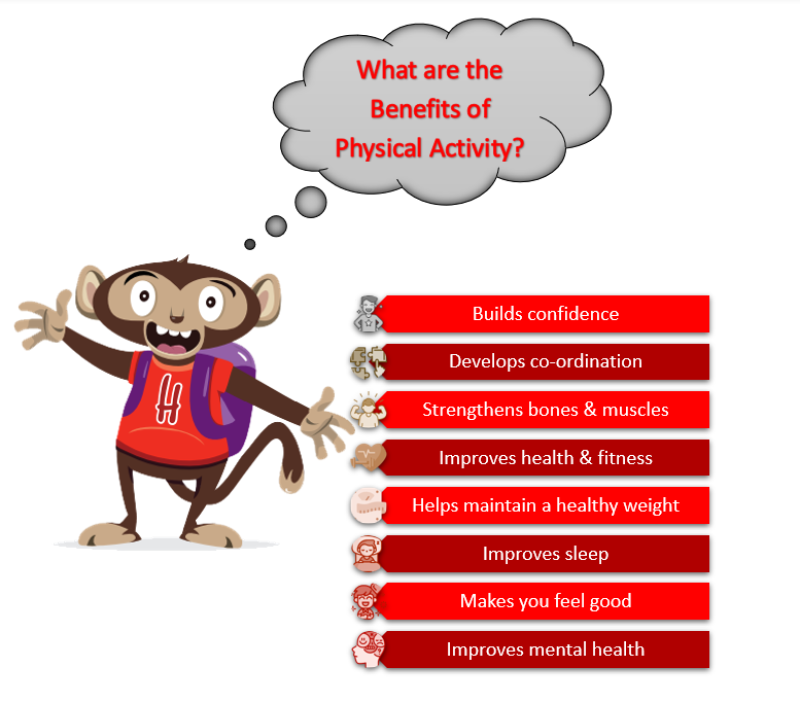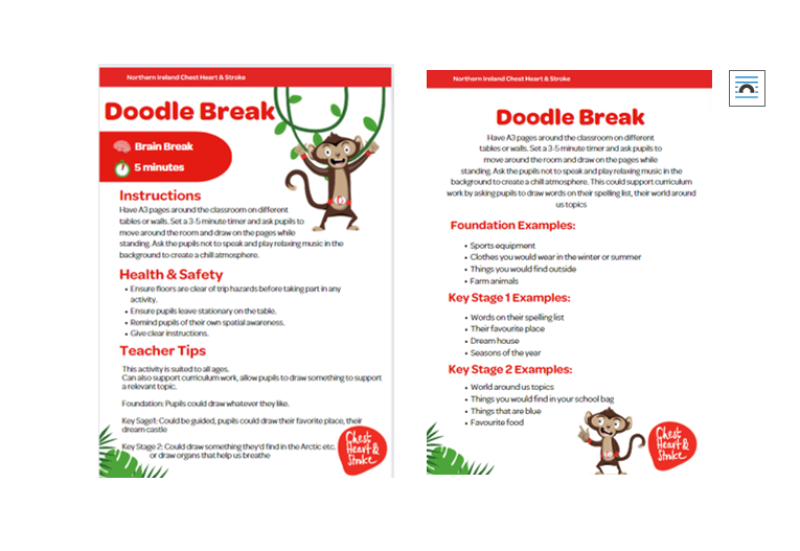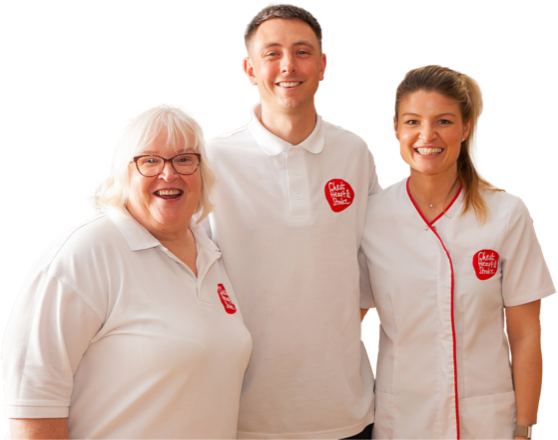
Welcome to Chester’s Active Breaks, where our aim is to increase the physical activity levels of primary school pupils during the school day.
The information on this page will explain in detail everything you need to know about Chester’s Active Breaks as a teacher taking part in the programme. You can watch our video guided tour of the programme below and read more information about the programme and everything it involves below.
Teachers Video Guide to Chester's Active Breaks
What is Physical Activity?
The World Health Organisation (2024) defines it as any movement of our muscles that involves using energy. This can include the way we travel to and from work, what we do while at work and our own leisure activities.
The Chief Medical Officer’s recommendations are that children aged 5 to 18 years old should get sixty minutes of physical activity every day that makes them breath harder and feel warmer. Currently, only 20% of primary school children meet these physical activity guidelines, with Northern Ireland showing the lowest levels of physical activity for children in the UK. The other main message is that we should ‘move more and sit less’. Worryingly, research has shown that pupils in UK schools spend just under 10 hours of their day seated, with approximately 3 – 8 of these being during school hours (dependant on age group).
Further Reading :

What impact can this have on children?
Our physical activity levels as a child can determine how active we become as an adult. Increased sitting/lying time in children can affect their heart health markers (obesity, blood pressure, cholesterol, and insulin), fitness, cognitive development, and academic performance. These can then lead to developing chronic conditions later in adult life.
Further reading:
What is the solution?
We can promote Physical Activity in a fun interactive way, with support from the school community and encouragement from home. Allowing children to learn the important part physical activity plays in their lifelong health and wellbeing. We need to promote the message of ‘move more sit less.’ Physical activity is so important as it has many benefits to our health.
Further Reading:

So how can we increase Physical Activity levels within school?
We can introduce active breaks, activities that take no longer than 5 minutes, which present a break from sitting down. These can be built into the class (to improve teaching and learning) or a brain break away from teaching material. Research developed from Australia has shown positive benefits of introducing active breaks into the school setting, particularly when it comes to increasing physical activity levels.
Benefits of Active Breaks:
Has positive effects on children’s cognitive function
Improves classroom atmosphere
Motivates pupils
Breaks up long lessons
Encourages children to resolve conflict and problem solve
Helps children manage their own emotions and behaviour
Increases effort and ability to stay on task
Stimulates curiosity
Improves Mood









